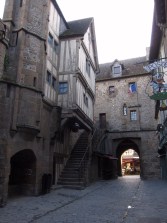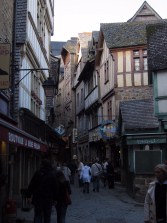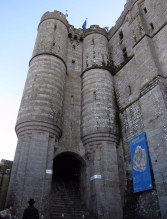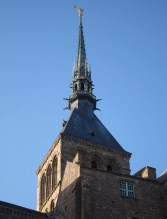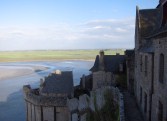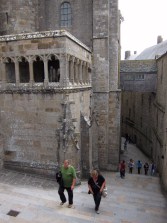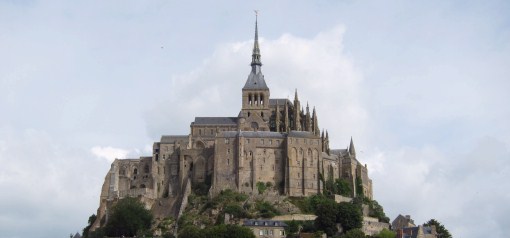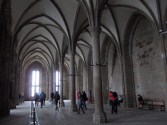
www . DanYEY . co . uk
| Archive : Mont St. Michel & Caen |
Mont St. Michel is one of those places where unique geography, weather conditions and man's architectural embellishments combine to produce a magical experience.
While only a small fortified city on the northern coast of France, St. Malo gave us the Spanish name for the Falkland Islands and the explorer Jacques Cartier, who discovered Canada.
 | ||
 |
 |
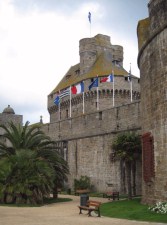 |
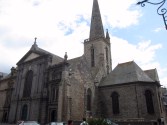 |
 |
 |
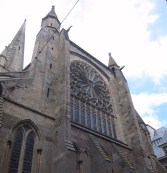 |
 |
 |
 | ||
Going to Caen is something of a pilgrimage when so much of English institutional history traces its roots to the Norman conquest. Even our castles and cathedrals are built of Caen stone (e.g. Canterbury).
 | ||
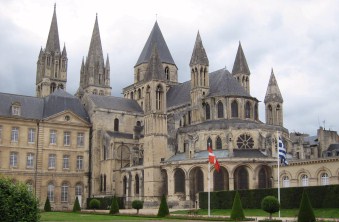 |
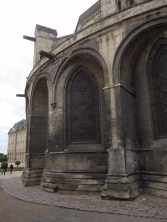 |
|
| There is a legend saying that if the towers of the Abbaye Aux Hommes should fall, then so shall the Kingdom Of England (much like the ravens in the Tower Of London). Although Caen was heavily bombed during the second world war, the towers survived, along with England. | ||
 |
 |
 |
 |
||
| As every Englishman knows, William, Duke Of Normandy, invaded England in 1066, to become king and conqueror. He died in Rouen in 1087, and was buried in the Abbaye Aux Hommes, while his wife Matilda was buried in the Abbaye Aux Dames. | ||
 |
 |
|
 |
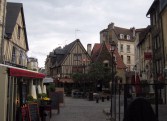 |
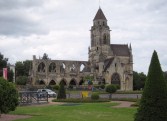 |
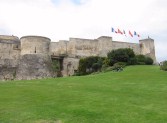 |
 |
 |
 |
 |
 |
 |
 |
 |
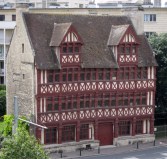 |
 |
|


